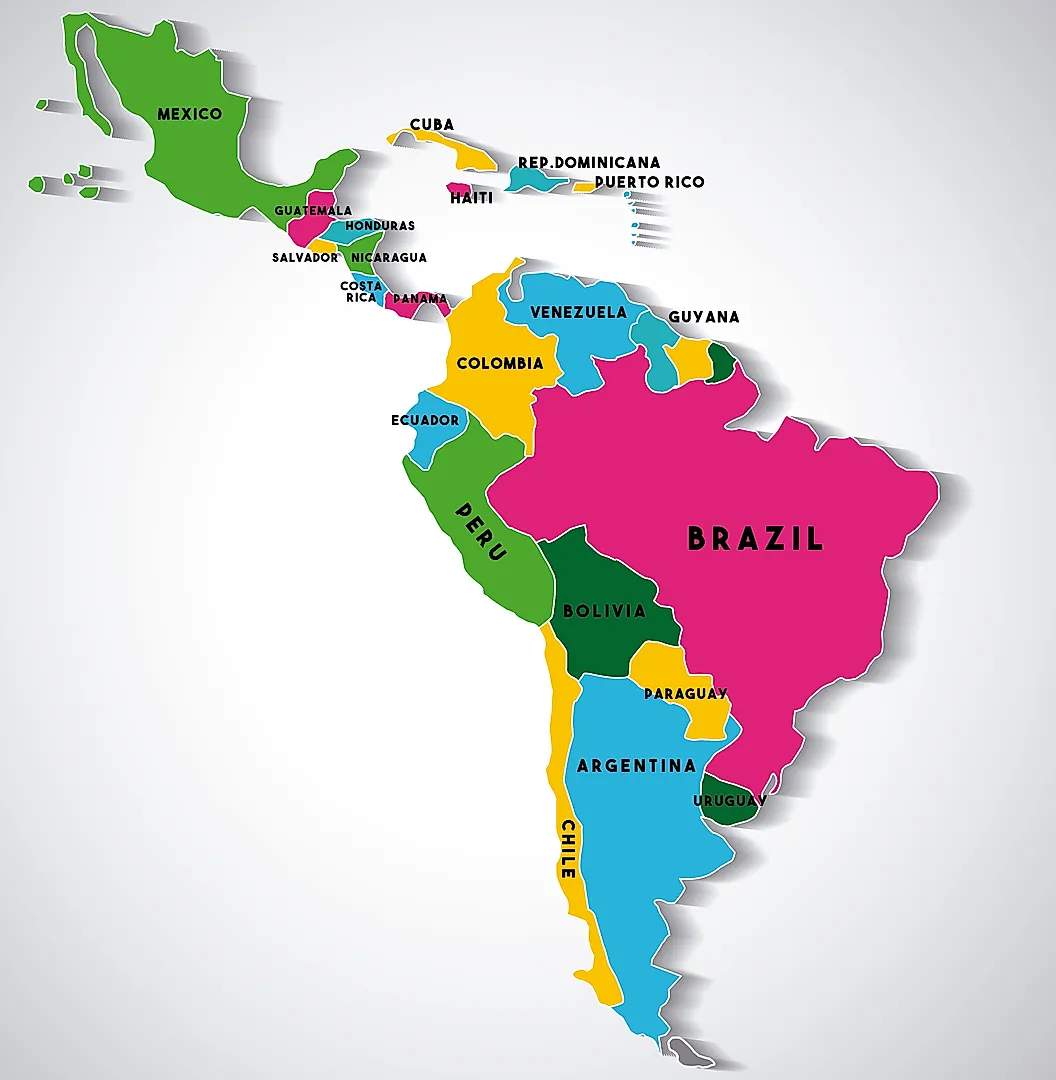Have you ever heard someone described as a “gorilla” in Argentina? If these references to great apes have you confused, fear not — it’s a comment not on their body hair, but on their vocally anti-Peronist political leanings. The term was thrown around a lot following President Javier Milei’s La Libertad Avanza party landslide victory in the October midterms. Many in the opposition pointed to the salience of a latent anti-Peronist sentiment among voters to explain the result. To understand these debates, we need to understand how people identify politically in Argentina: the roots of Peronist identity, the relationship between Kirchnerism and Peronism, and why opposition to Peronism gets its own special category (and ape). Political theorist Ricardo Laleff Ilieff, a professor at the Gino Germani Research Institute (University of Buenos Aires) and researcher at Argentina’s National Council for Scientific and Technical Research (CONICET), spoke to the Herald about his views on the origins of these terms and how he would define them today. The interview has been lightly edited for length and clarity. Ricardo Laleff Ilieff, professor of political theory at the University of Buenos Aires and CONICET. Photo: provided Who identifies as a Peronist in Argentina? In some way, anyone who identifies with Peronism draws from its first major moment, when [former President Juan Domingo] Perón and [his first lady Eva, known as] Evita founded a new mass movement. That marked a historic expansion of Argentine democracy and citizenship: women’s suffrage, new social and labor rights. Unlike many Latin American movements, Peronism has lasted since the 1940s and remains active today. There’s something phoenix-like about Peronism: it has survived coups, bans, and repression during Perón’s exile and the dictatorship. But it also knows how to “shed its skin.” After Perón’s death, new Peronist expressions emerged, especially Menemism and Kirchnerism. Carlos Menem rose to power in 1989 with classic Peronist rhetoric — pro-worker, pro-industrialization, economic independence, political sovereignty — but soon shifted toward neoliberalism. People still debate whether that was betrayal of Peronism, or him understanding the international context. There have been moments of crisis when no one could define what Peronism meant — in the 1980s, before Menem came to power, and the years following his exit when his economic model collapsed. It was then that Kirchnerism emerged as a new “skin” of Peronism. Peronism is a long-lasting political identity with diverse and even contradictory expressions that coexist to this day. It’s not easy to define who is Peronist — but usually, if someone says they are, that’s enough. Is Kirchnerism a kind of Peronism? Yes — but it must be understood in its historical moment. Many Kirchnerists call themselves only Kirchnerist, not Peronist. Others say, “I’m a Peronist because I was a Kirchnerist first.” Kirchnerism arose critically, after Argentina’s 2001 economic and social collapse, when democracy was in tension. It revived the issue of human rights, something Menemism ignored but the UCR party had addressed in the 1980s. Kirchnerism made human rights a state policy, focusing on the 1970s dictatorship’s crimes. It also advanced liberal causes such as same-sex marriage and gender identity rights, while supporting state intervention in the economy. So I’d say that, yes, Kirchnerism is a form of Peronism. For years, being Kirchnerist and being Peronist were almost equivalent — it was hard to be Peronist without being Kirchnerist. But now that identity is weakening: Kirchnerism’s social legitimacy has been eroded and it’s often used as a scapegoat, even described by the current government as a “disease.” Still, it remains one of Peronism’s names. Why is anti-Peronism such a powerful political force in Argentina? Peronism and anti-Peronism were born together. The movement could not have lasted without its mirror image — those who define themselves in opposition to it. The current government has managed to consolidate that entire anti-Peronist spectrum, from Macrism to Radicalism, even if some of them don’t like the government’s style. Anti-Peronism has many motives, but there’s a strong component of class prejudice, and even racism. Historically, anti-Peronism has viewed Peronists as “uncultured,” “from the provinces,” or “uneducated.” Peronism speaks from a popular [working-class] perspective; anti-Peronism generally does not. It values republicanism and institutions but often sees popular participation as a threat. Peronism’s idea of democracy clashes with liberal democracy because it prioritizes majority rule. This led to tensions — censorship, press restrictions — during Perón’s first governments, though such practices were common in Argentina at the time. Other governments talked about the need to maintain a democracy that respected minority rights. The UCR government of Raúl Alfonsín in the 1980s opposed Peronism while respecting liberal democracy and acknowledging that Peronism represented a large segment of society. But today’s government treats Peronism as an anomaly or a disease, something illegitimate to be eliminated. So, interestingly, anti-Peronism has historically argued for respect for liberal democracy and minority rights — but, for example, anti-Peronist dictatorial governments justified the human rights violations they committed. How has the subjectivity of Milei voters changed? Today, some Milei voters truly identify with him — neoliberal, anarcho-capitalist, even extreme anti-Peronists; they may even believe that democracy doesn’t work. Others vote for him out of frustration with Peronism’s crises and poor governments and Argentina’s social and economic crisis. I get the sense that Milei’s hardcore base has shrunk, but he’s gained support from people who want for vote for someone who isn’t Peronist. But that could shift if an opposition alternative emerges — and it would probably be Peronist, given its political weight — that people who don’t identify as anti-Peronist find credible. So, I think Milei has lost some support, but gained the potential to concentrate anti-Peronist support. Around a third of the population are swing voters. Has Milei’s voter profile become that of the PRO voter? When Milei emerged, people said he won with the support of the popular sectors. And that’s a historic change, because anti-Peronism never had that support. However, the kind of economy Milei was proposing was never going to favor the working class. Today, Milei’s economic model favors the middle and upper classes far more than the working classes, who haven’t seen much improvement in their standards of living. Things may even have got worse, because they have worse services that are more expensive, less state support, unemployment is higher, real wages lower. Inflation has fallen, but Argentina remains expensive in dollars. Ordinary workers can’t afford to go to Brazil or Uruguay and marvel at how it’s cheaper than Mar del Plata. Milei’s government now resembles Macrism, only faster — which could erode his base. Is Argentina becoming more polarized, like the US? I think polarization is rising in Argentina. That said, Argentina has long been polarized and it’s been difficult to occupy the center: first Peronists vs. Radicals, later Peronists vs. the right. In Argentina, unlike other countries, you have political fronts: the Peronist front includes the Justicialist Party, but also several other center-left and even center-right parties. So, you have to think about political identity beyond the party. Unlike in the US, where they are either Democrats or Republicans, I think people tend to follow this politics of fronts. That said, I do think the UCR (a center-right party whose policies are referred to as “radicalism” in Argentina) has been in decline since the 1980s because of its two poor governments — Alfonsín’s in economic terms, and De la Rúa’s, which ended in the 2001 crisis, with people being killed in Plaza de Mayo. Radicalism has been absorbed, first by Macri and then by LLA. Thus, La Libertad Avanza is the latest and most extreme form of that anti-Peronist pole — a progression from institutional Radicalism to extreme liberalism. The system has become bipolar, leaving no viable center. Argentine voters sense this: they vote for the side that most closely fits them. What does “gorilla” mean in Argentine politics? Laughs “Gorilla” is both an old joke and an old description for someone who is not simply not Peronist, but actively hostile to Peronism. Someone who’s okay with breaking the democratic order as long as Peronism doesn’t come back. They won’t concede anything positive to Peronism, even if it’s a right, like votes for women. The term comes from a 1950s radio show that used “gorilla” to mock the brutality — not ignorance — of Peronism’s enemies. The image suggests aggression and violence rather than lack of education. Because a gorilla isn’t the same as calling someone a monkey or an ass, right? So, some people say, “I’m not Peronist, but I’m not a gorilla.” Others are proudly gorilla. And Peronists, jokingly, often say: “Come on, you’re at least a little gorilla.”
Peronists, anti-Peronists and gorillas: we asked a political theorist about these Argentine labels
Date:




